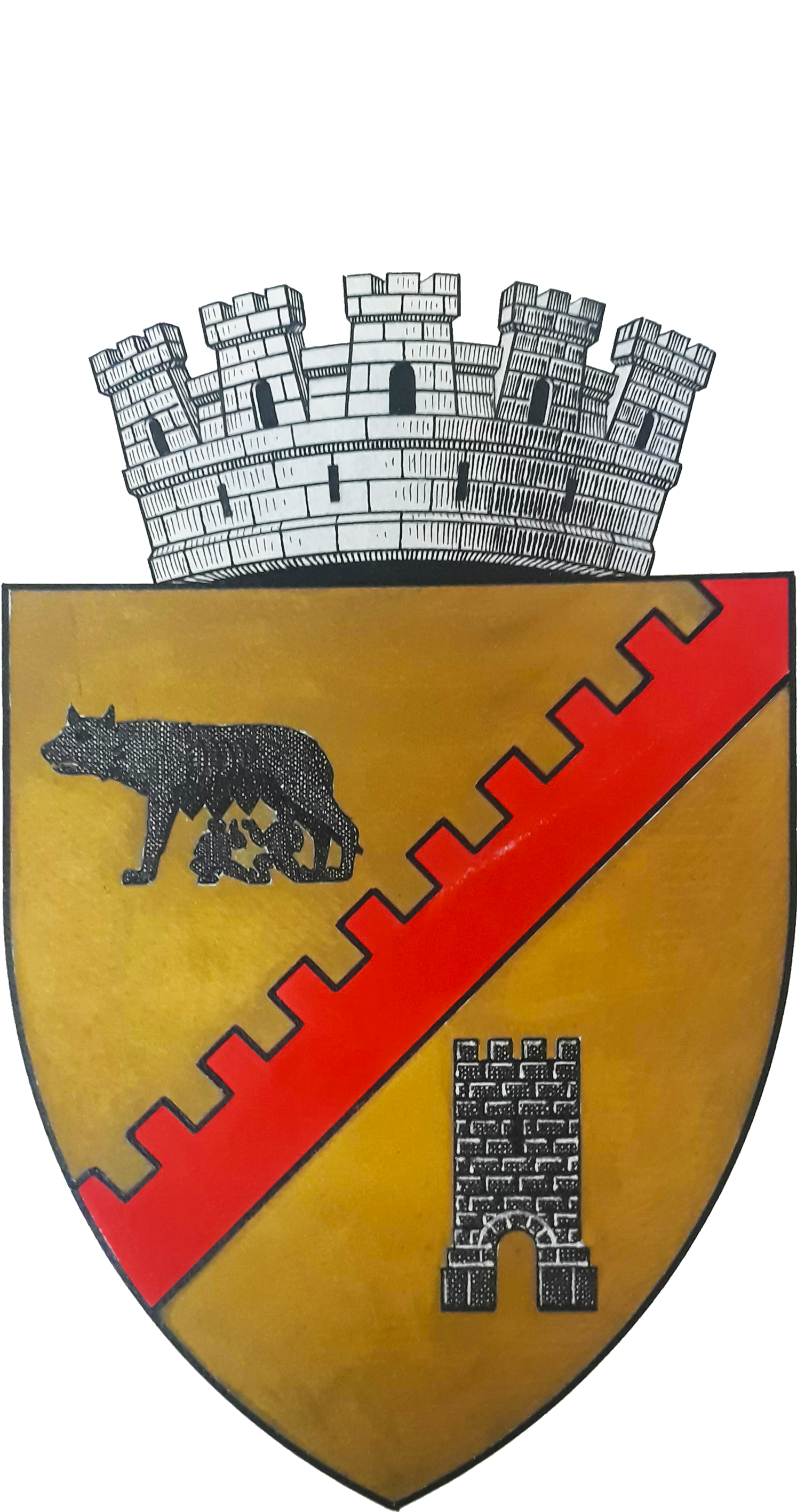Roman elements as symbols of Latinity in Romanian heraldry
According to legend, Rome was founded by the twins Romulus and Remus on April 21, 753 BC. The city was destined to become the capital of the Kingdom of Rome (ruled by a succession of seven kings, according to tradition), the Roman Republic (from 509 BC to 27 BC, governed by the Senate), and finally, the Roman Empire (from 27 BC, ruled by an emperor).
It is notable that during some historical periods – such as the Rennaissance or the Age of Nations – some Romanians were granted coats of arms by the Habsburg monarchs, incorporating Roman legionnaires as symbols representing Romanian Latinity. A significant example is the coat of arms bestowed by Leopold I upon Prince Constantin Brâncoveanu of Wallachia, who was also granted the title of Hungarian Count Basarabă of Brâncoveni (gróf brankovani Bassaraba Konstantin in Hungarian) in 1688. This heraldic design prominently featured a Roman legionnaire holding a gladius with an impaled Ottoman head. Another noteworthy instance occurred in 1864 when Emperor Francis Joseph I of Austria granted a coat of arms to Knight Ioan of Pușcariu (Johann Ritter von Puscariu in German), which similarly depicted a Roman legionnaire shooting his bow at a Roman eagle, symbolizing the enduring connection of Romanians to their Latin heritage through heraldic representation. In 1872, the same monarch granted the arms of Baron Ladislau Vasile of Pop (Ladislaus Basil Freiherr von Popp in German), which, among other very Romanian elements, included a Roman legionnaire holding the fasces.
Arms granted to Constantin Brâncoveanu as Count Basarabă of Brâncoveni in the Kingdom of Hungary, 1688, Library of the Romanian Academy
Arms granted to Ioan Pușcariu as Knight of Pușcariu in the Austrian Empire, 1864, Nobility Archive, Austrian State Archives
Arms granted to Ladislau Vasile Pop as Baron of Pop in the Austrian Empire, 1872, Nobility Archive, Austrian State Archives
As a people who trace their origins to “Emperor Trajan's conquest”, Romanians received from their Italians brothers, during the Interwar period, a series of statues depicting the original Capitoline Wolf statue found in Rome, statues that can still be found in Romania's most important cities today. During the same period, Romania's Roman heritage left its mark even in heraldry, with the kingdom adopting at least seven coats of arms in its civic armorial that use distinctly Roman symbols: the legionary with the shield inscribed V. R. R. (Virtus Romana Rediviva) and the Capitoline Wolf. The arms were designed by the Consultative Heraldic Commission under the supervision of King Ferdinand I, and later adopted under King Michael I and King Charles II.
Arms of Alba County adopted under King Michael I, 1928, National Archives of Romania
Arms of Cluj County adopted under King Michael I, 1928, National Archives of Romania
Arms of Caraș County adopted under King Michael I, 1928, National Archives of Romania
Arms of Năsăud County adopted under King Michael I, 1928, National Archives of Romania
Arms of Residence City of Blaj adopted under King Charles II, 1930, National Archives of Romania
Arms of Residence City of Cahul adopted under King Charles II, 1930, National Archives of Romania
Arms of Residence City of Caracal adopted under King Charles II, 1930, National Archives of Romania









